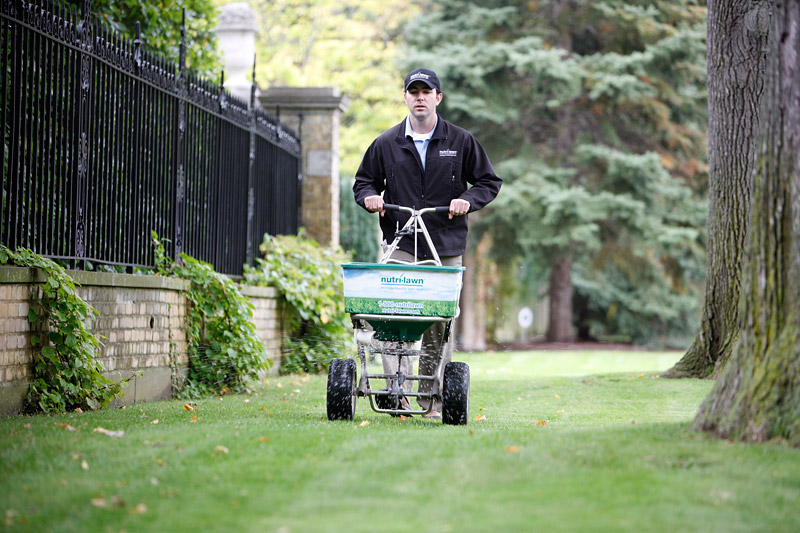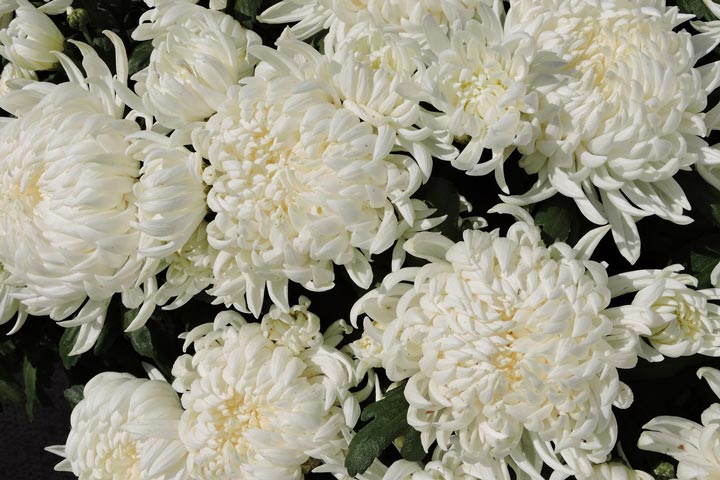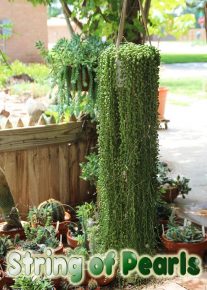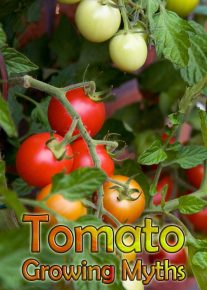
Truth be told, there’s one simple secret to making the most of your lawn without a lot of hassle: regular feedings. Yep. Nourishing your lawn two to four times a year with Lawn Food can turn a so-so lawn into a kick-off-your-shoes lawn the whole family can enjoy.
Regular feedings are the fastest, most affordable way to care for your lawn, keeping problems out of your yard and off your mind. Feeding your lawn two or three times a year gives grass plants the nutrients they need for deep roots and strong, full blades. One bag of lawn food feeds an average-size lawn and goes down easily in about 15 minutes. That’s all it takes to grow stronger, greener grass that can crowd out weeds and stand up to heat, sun, stress and play.
Grass is living, breathing nature right outside your door. And like all living plants, it needs food and water. While you and Mother Nature can easily take care of the watering, grass plants simply cannot thrive without proper nutrients. That’s where regular feedings come in.
When to Feed for a Greener Lawn

No two lawns are alike. Where you live, whether you have sun or shade, and lots of other factors make a big difference in what your lawn needs. A well-fed lawn is healthier, which means it has a better root system to combat heat, cold, drought, mowing, foot traffic and other stresses. While feeding your lawn once a year will improve its condition, feeding it four times a year will make it even healthier. If you put your lawn on the regular feeding schedule outlined below, it will look lush and green, and your neighbors will turn green with envy.
Early Spring (February – April)
Lawns wake up hungry in the spring. Feeding your lawn in the spring strengthens roots and gets it off to a good start before the heavy growing season. If you had crabgrass last year, apply a combination product, crabgrass preventer with lawn food that contains a pre-emergent to control crabgrass. A good rule of thumb to follow: feed your lawn in the spring around the first time it needs mowed.
Late Spring (April – June)
Spring is lunchtime for lawns. Your grass is busy and using up stored energy. That’s why you want to supply the lawn with a feeding designed for this time of year. Unfortunately, broadleaf weeds are actively growing, too. Hit them and feed your lawn with a mixed formula that combines lawn food with broadleaf weed control.
Summer (June – August)
Summer is tough on grass. Heat, drought, foot traffic, and insects stress it out. Feeding your lawn in the summer protects and strengthens it against these problems. Lawns in warm-season grass areas should be fed over the summer months as they grow steadily from spring to fall. If you see insects in your grass, use a feeding product that also contains insect control.
Fall (September – November)
Fall brings back ideal growing conditions for your lawn. Cool nights, warm days, ample rainfall and morning dew are just about as good as it gets for grass. Now the lawn is ready to grow again, and is looking for the nutrients it needs to recover from summer damage. Some experts will say this is the single most important lawn feeding of the year. Apply your final feeding right before the winter months, when grass is prepping for a winter nap. This will strengthen roots and increase nitrogen storage for an early spring green up and a healthier lawn next year. Following a general program like this one should improve your lawn.
Not All Lawn Foods Are the Same

If you’ve shopped for lawn food, you might have noticed a numbers on the label that looks something like this: 32-0-4. Most people ignore it, but this code tells you a lot about the lawn food you’re about to buy. The numbers stand for Nitrogen, Phosphorous, and Potassium (N-P-K) and they tell you the percentage of those ingredients in the product by weight. But what do these letters and numbers add up to for the look of your lawn?
The Roles of N, P, and K
Nitrogen greens up your lawn and helps it grow. Phosphorous stimulates root growth and helps seeds sprout. Potassium helps grass withstand stresses like disease and drought.
Not all “N’s” Are the Same
Nitrogen is nitrogen, but where it comes from and how it gets on your lawn can make a big difference. That difference is all about how it’s distributed and how quickly it’s released. Bargain and low-cost lawn foods contain mostly fast-release nitrogen. So your lawn greens up for about 7-14 days, and then the green fades away – a feast-then-famine situation. Better lawn foods use a mix of fast- and slow-release nitrogen to help your lawn stay consistently green for 6-8 weeks.
How N, P, and K Are Mixed
If you look closely at most store-brand lawn foods, they look like little pebbles of different colors. That’s because the N, P, and K are all separate. So, when you spread the product on the lawn, you don’t get an even distribution. With All-In-One lawn food you get an even distribution of nutrients every time you apply.




Leave a Reply